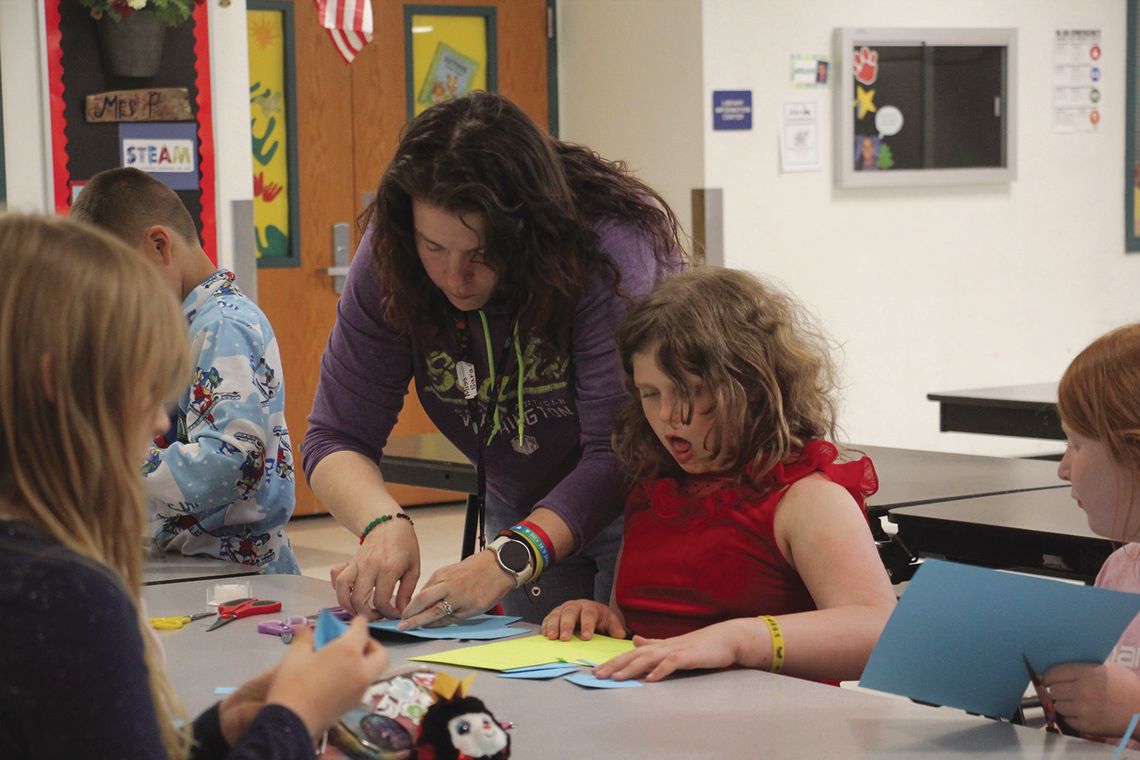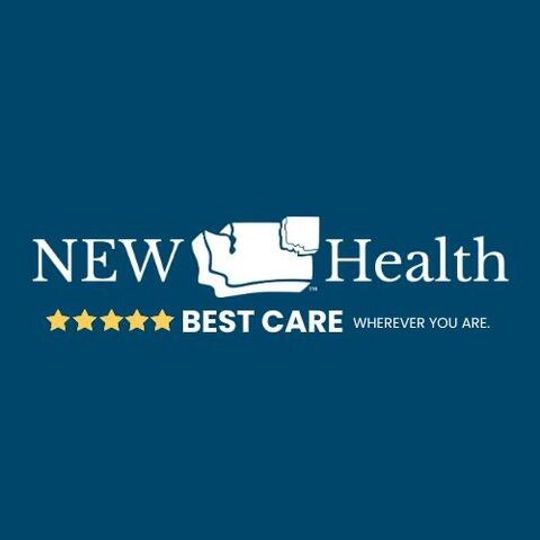Newport’s federally funded after-school program ‘on chopping block’
NEWPORT — Andie Flavel has more than a few stories about the Grizzly Discovery Center, the Newport School District’s K-8 after- school program.
Flavel and her husband work full time and do not have many family members who can babysit in the Newport area, so they enrolled their sons Aksel and Ronan in GDC as early as kindergarten. In the years since, Flavel said her sons have made stop-motion animation films, built bridges and other architecture with Legos and received hundreds of hours of additional academic support. They are now in third and fourth grade and read at the high school level.
“The kids really enjoy it because they like being with their friends. And it gives the kids extra time to do homework or to practice that they don’t get at school,” Flavel said. “I really attribute a lot of my boys’ success to the extra time and attention they get at GDC.”
Ronan and Aksel are just two students of the more than 100 in GDC, which has one site at Stratton Elementary School with 80 spots and another at Sadie Halstead Middle School with 30.
Both sites are funded by a grant from the Nita M. Lowey 21st Century Community Learning Centers Program, a U.S. Department of Education program that supports thousands of community learning centers like GDC across the country, particularly in low-income communities like Newport. The grant also funds a four-week summer program at the Newport School District.
Though he has yet to release a full budget proposal for fiscal year 2026, 21st CCLC was among several Department of Education programs President Donald Trump requested to zero out funding for all four fiscal years of his first term.
“Our program is one of those programs that are on the chopping block at a federal level,” GDC program director Vickie Blanchet told the Newport School District Board at its May 13 meeting.
GDC opened in 2014 and was funded through 2019. That year, 21st CCLC did not choose to refund GDC after “a lot” of competition for grants from the program, Blanchet said. As such, the Newport School District did not have an after-school program until 2021, when post-pandemic emergency relief funds allowed the GDC to reopen through 2022. GDC then received another grant from 21st CCLC in 2022, funding the after-school program through 2027.
“So ‘19, ‘20 and 2021, there was no after-school program in Newport, which was a huge hardship for a lot of our families,” Blanchet said. “Especially as we dived into
‘I really attribute a lot of my boys’ success to the extra time and attention they get at
GDC.’
Andie Flavel Parent COVID during the middle of that too.”
GDC is after school until 5:15 p.m. at Stratton Elementary School and 5:20 p.m. at Sadie Halstead Middle School.
Per the purpose of the legislation that established 21st CCLC, GDC prioritizes students who are “at risk,” Blanchet said. Among the risk factors GDC considers are below-standard academic performance, lack of supervision at home, challenging home lives and food insecurity.
The grant funding GDC has three components: academic support, healthy lifestyle development and projects in STEAM, or science, technology, engineering, the arts and mathematics.
Each day, students in GDC receive about 30 minutes of academic support that coincides with in-school learning objectives. For the other components of the grant, they complete projects like the animated films and Lego builds, many of which involve them interacting in pairs or groups. GDC also invites guests to share their skills and knowledge with students.
“We’re exposing kids to things that they may not necessarily be doing out of school on a regular basis,” Blanchet said.
GDC is funded for next year, but Blanchet has yet to confirm that for the following year.
Including salaries, GDC receives $431,907 from 21st CCLC annually. Even if GDC were to halve students and staff, Blanchet said the after-school program would require at least $300,000, excluding salaries.
Since 21st CCLC was established by legislation, only Congress can vote to defund or remove the program from the annual budget.
“I’m not worried about it,” Blanchet said.
“Because every year we go through this battle, and every year it keeps getting funded again because it’s critical.”
Regardless, Blanchet and the rest of GDC’s staff are preparing in case they lose that battle.
GDC has eight staff members between Stratton Elementary and Sadie Halstead Middle Schools, as well as volunteers from Newport High School and community partners such as the Pend Oreille County Library District.
Blanchet said they filed for 501(c)(3) nonprofit status in Washington, but GDC needs an additional charitable status to “go further.” They filed for that status in December last year, but Blanchet does not expect to hear back for at least two more months.
“Once we have that, it’s basically creating a pot that money can be put in, so then we can apply for other grants,” Blanchet said.
The closure of GDC would be devastating for Flavel and her family, she said.
Besides improving his academic performance, joining GDC has made Ronan a better older brother to Aksel by giving him a role in leadership, Flavel said. In turn, Aksel sees Ronan as a role model and wants to follow in his footsteps as a leader. Their younger sisters Osla and Octavia even play “pretend GDC” in their excitement to join as soon as they reach kindergarten, just like their older brothers did.
If GDC closed, Flavel’s children would have nowhere to go after school. Alternatives for childcare in the area are few, have months-long waiting lists and are so expensive that it would be cheaper for Flavel or her husband to quit their job instead, she said.
“Investing in our kids and their academic success and safety is an investment in not only their future, but our future,” Flavel said.
.png)







